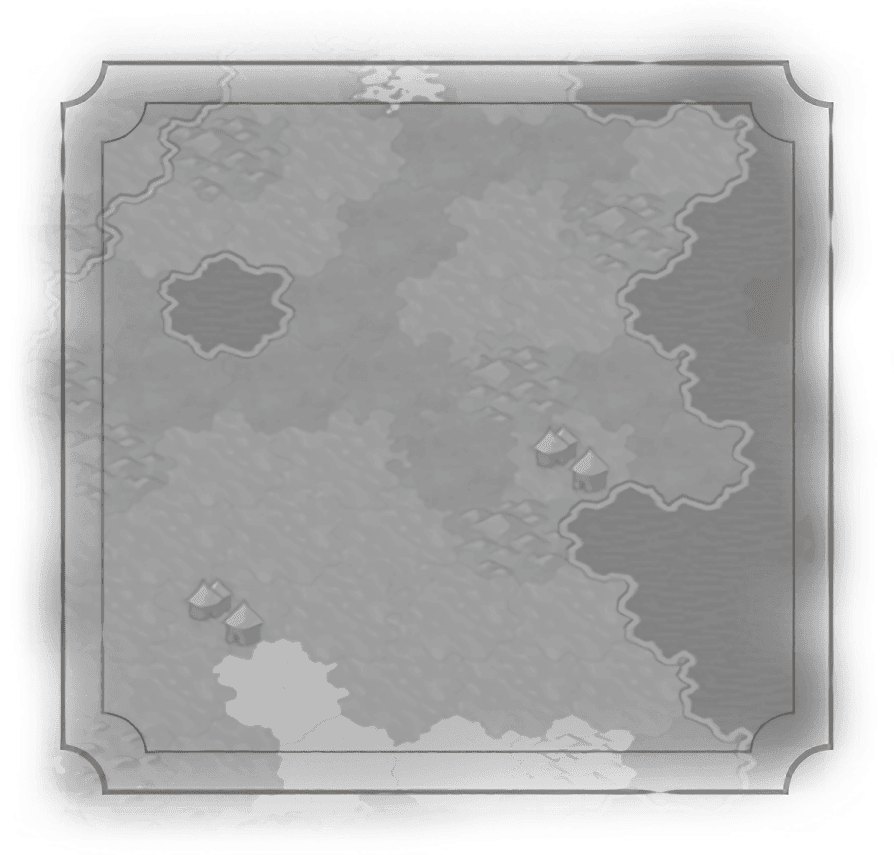Air Combat
Civilian
Land Combat
Archer
Artillery
AT Crew
Barbarian Horse Archer
Barbarian Horseman
Berserker
Black Army
Bombard
Carolean
Catapult
Cavalry
Conquistador
Cossack
Courser
Crossbowman
Crouching Tiger
Cuirassier
Digger
Domrey
Eagle Warrior
Field Cannon
Gaesatae
Garde Impériale
Giant Death Robot
Heavy Chariot
Helicopter
Hetairoi
Highlander
Hoplite
Horseman
Hul'che
Huszár
Hwacha
Hypaspist
Immortal
Impi
Infantry
Janissary
Keshig
Khevsur
Knight
Legion
Line Infantry
Llanero
Machine Gun
Malón Raider
Mamluk
Man-At-Arms
Mandekalu Cavalry
Maryannu Chariot Archer
Mechanized Infantry
Modern Armor
Modern AT
Mountie
Musketman
Ngao Mbeba
Nihang
Okihtcitaw
Oromo Cavalry
Pike and Shot
Pikeman
Pítati Archer
Questing Knight
Ranger
Redcoat
Rocket Artillery
Rough Rider
Sabum Kibittum
Saka Horse Archer
Samurai
Scout
Skirmisher
Slinger
Spearman
Spec Ops
Swordsman
Tagma
Tank
Toa
Trebuchet
Vampire
Varu
Voi Chiến
Warak’aq
War-Cart
Warrior
Warrior Monk
Winged Hussar
Zombie
Naval Combat
Support
Heroes


 Combat Strength. Can build the unique Pā improvement.
Combat Strength. Can build the unique Pā improvement.The toa had some distinctive weapons. The staff-like taiaha is made from hardwood, slightly flattened on one end (called the ate), with a stabbing base end below the hand grip. This is the weapon traditionally used during the wero—the traditional challenge at the beginning of a powhiri welcoming ceremony. The smaller, paddle-shaped mere was made from greenstone, with a wrist cord passing through the handle, and used as a stabbing weapon. Mere were also ceremonial objects, used to indicate the prestige of the bearer, due to the difficulty of their manufacturing. Larger clubs were called patu, and were made of hardwood, stone, or bone.
Maori created strong hill forts called Pa, which consisted of terraced land, protected by an elaborate system of palisades and ramparts, encompassing an inner area with access to fresh water and food stores. The introduction of gunpowder weapons and modern artillery eventually rendered these obsolete.
Today the toa are best known for the practice of the haka, the terrifying, energetic chant and dance originating as a war dance. Originally performed to indicate the great strength and skill of the toa, they are performed today by both men and women as part of many activities, including sporting events, formal greetings, and weddings.

Traits
Requirements
 Production
Production Gold
Gold
 Combat Strength. Can build the unique Pā improvement.
Combat Strength. Can build the unique Pā improvement.The toa had some distinctive weapons. The staff-like taiaha is made from hardwood, slightly flattened on one end (called the ate), with a stabbing base end below the hand grip. This is the weapon traditionally used during the wero—the traditional challenge at the beginning of a powhiri welcoming ceremony. The smaller, paddle-shaped mere was made from greenstone, with a wrist cord passing through the handle, and used as a stabbing weapon. Mere were also ceremonial objects, used to indicate the prestige of the bearer, due to the difficulty of their manufacturing. Larger clubs were called patu, and were made of hardwood, stone, or bone.
Maori created strong hill forts called Pa, which consisted of terraced land, protected by an elaborate system of palisades and ramparts, encompassing an inner area with access to fresh water and food stores. The introduction of gunpowder weapons and modern artillery eventually rendered these obsolete.
Today the toa are best known for the practice of the haka, the terrifying, energetic chant and dance originating as a war dance. Originally performed to indicate the great strength and skill of the toa, they are performed today by both men and women as part of many activities, including sporting events, formal greetings, and weddings.
Traits
Requirements
 Production
Production Gold
Gold


